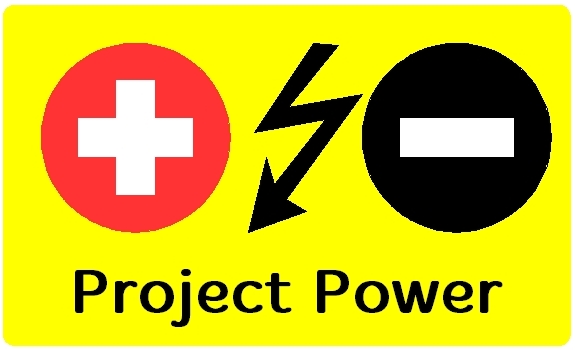Powering Projects In The Field
12
V Power Supply & XLR
Power Cable
Many of the projects I carry out require powering in some way
and in many cases this is needed away from a mains supply. To stop having to
recreate power leads and connections for every new project, I adopted a standard
system that I have continued to use until this day.
All projects are run on either a nominal 12V or 24V- this
reflects using automotive or other standard low voltage parts and industrial
process control parts. Early on I standardised on using 3 pin XLR style
connectors for a number of reasons- they are cheap, they are robust, they are
compact, they come with a locking feature, they will handle up to 15A and they
are available in a selection of cable and panel mount types. Additionally I had
acquired quite a few second-hand ones, so they started out free.
Other options have been considered and discounted. In
particular I do not use cigarette lighter plugs and sockets as they provide no
locking and are bulky and not very robust, Caravan plugs also have no locking
feature, and do not have good cable mount sockets. Industrial low voltage
(ceeform derived purple connectors) are very expensive and not widely available
compared to XLR.
Connection between connectors is made with either 2 or three
core cable- often mains cable, and for quite a few cases I have used orange or
yellow cable from mowers and other garden machinery. This keeps cable investment
low, but does need some care to ensure the cable used can handle the load. Pin
outs are:
Pin 1 -Ve
Pin 2 +Ve 24V
Pin 3 +Ve 12V
There is a possibility of confusing these cable with
microphone or speaker cables when using them on stage as these connectors are
widely used in professional audio systems. I have never found this to be a
significant issue; most of my need for these system has been for Scout events,
away from a stage and so this hasn’t been a primary concern. On occasions where
they have been used on gigs, this also hasn’t been a major issue due to a number
of reasons; Cable is obviously a different colour and type to mic or speaker
cables, many are labelled at connectors, and these systems are used by exception
and so are rigged and cabled by a suitably competent person. Finally there is
usually separation from sound systems- these items tend to be run near lighting
kit, not in proximity to sound equipment.
As well straight connection cables, a range of adaptor cables
and boxes have been produced, including;
Cable Y-Splits- 1 input to 2 outputs
Cigarette lighter- both to connect XLR to car socket and car
plug (phone charger etc) to system
Switch boxes- toggle and pushbutton
4mm banana plug break-in & breakouts- to connect to power
supplies
Croc- Clips- To connect to batteries.
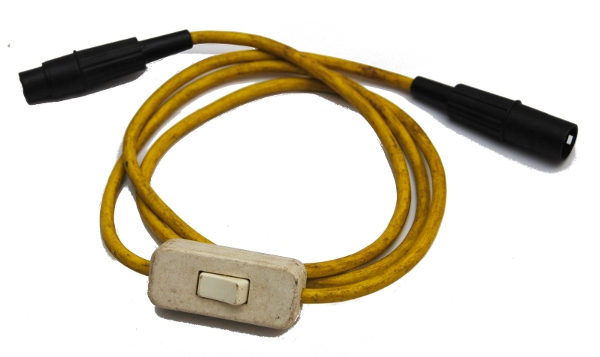 | 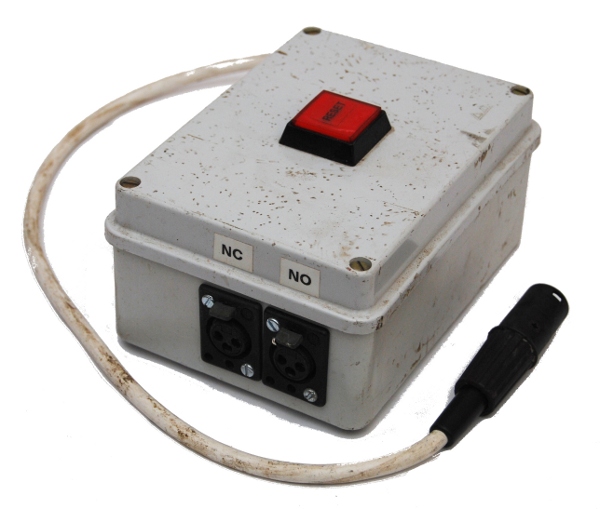 | 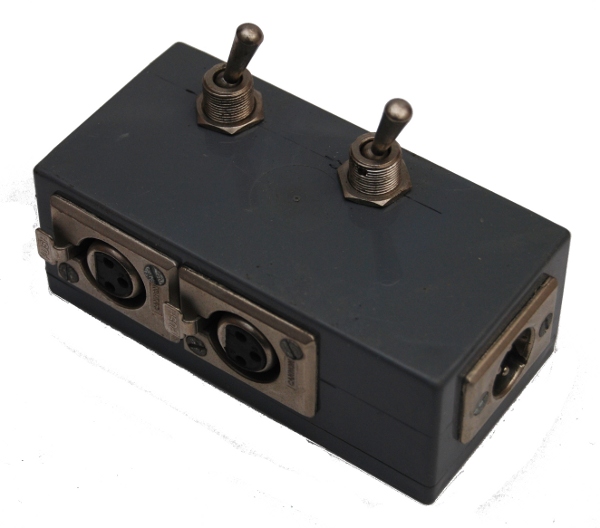 |
| Inline Switch | Pushbutton Control | Toggle Switch Control |
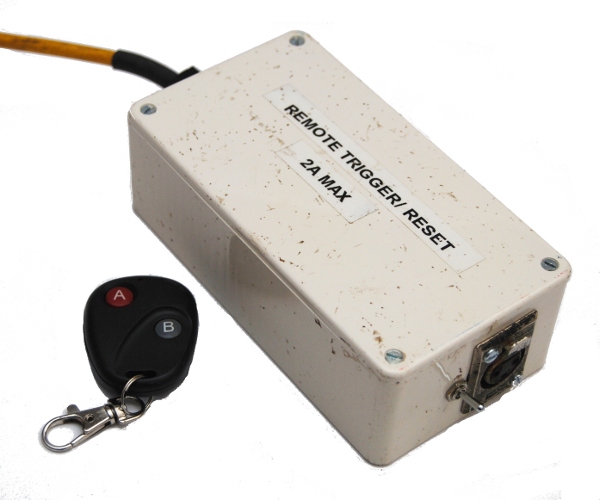 | 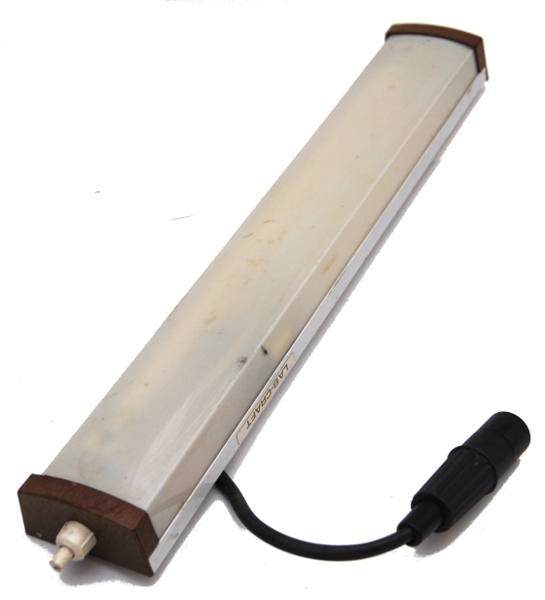 | 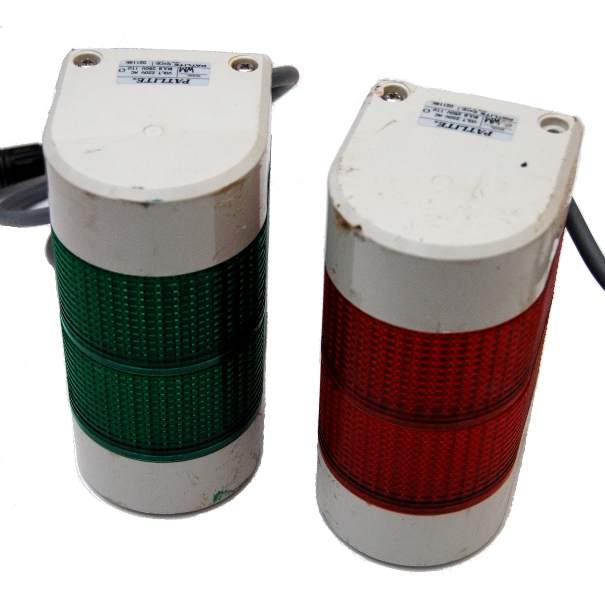 |
| Radio Controlled Remote | 12V Lamp | Navigation Lights |
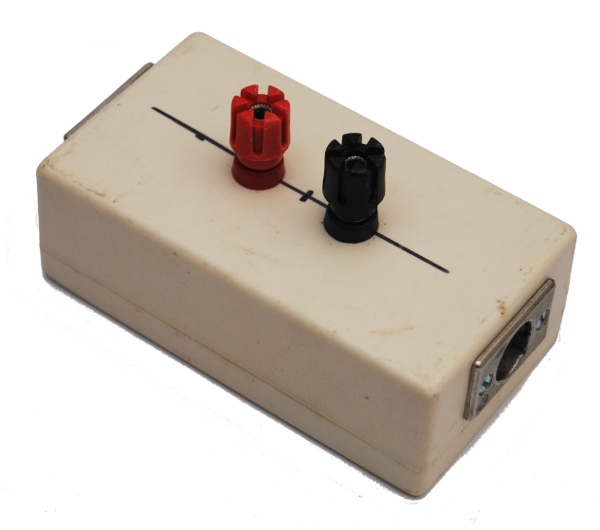 | 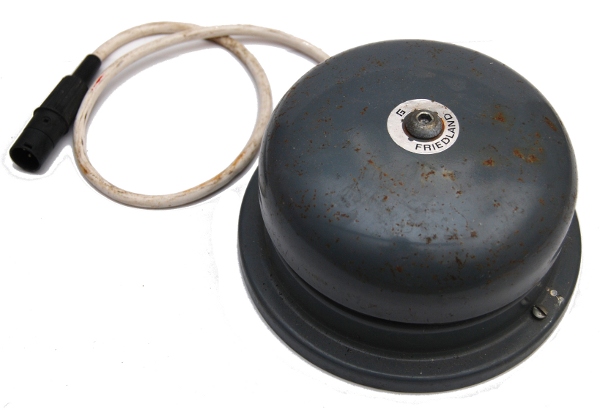 | 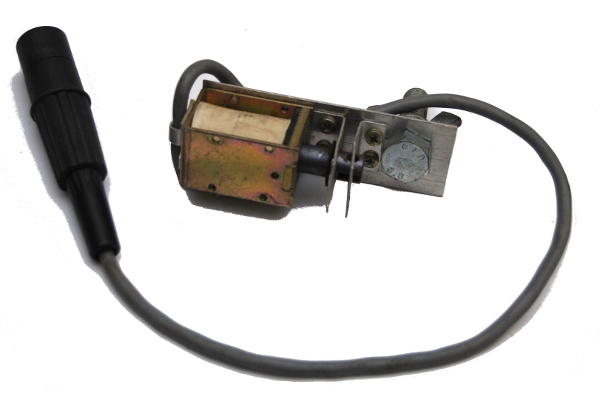 |
| Breakout Box | 12V Bell | Release Solenoid |
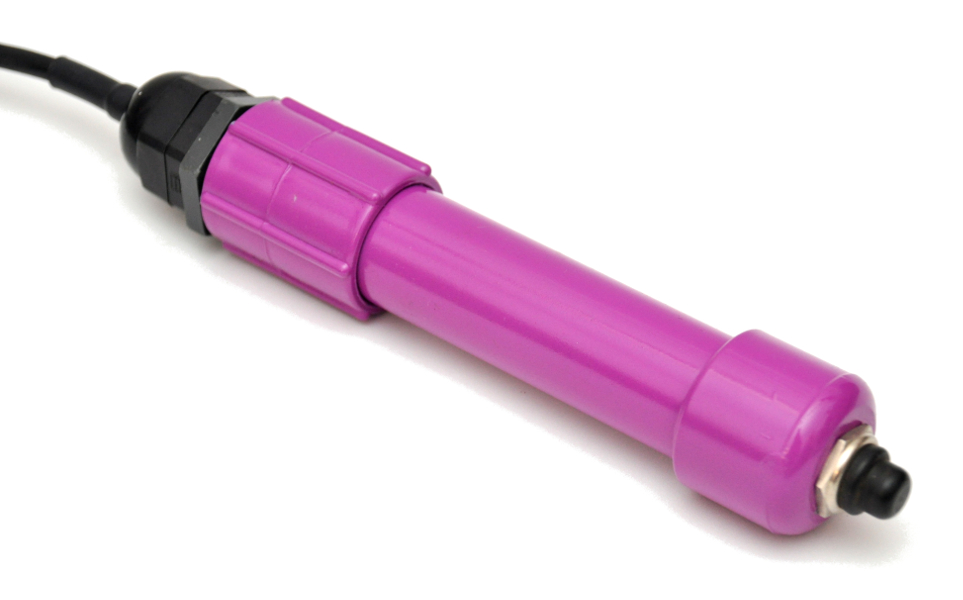 | 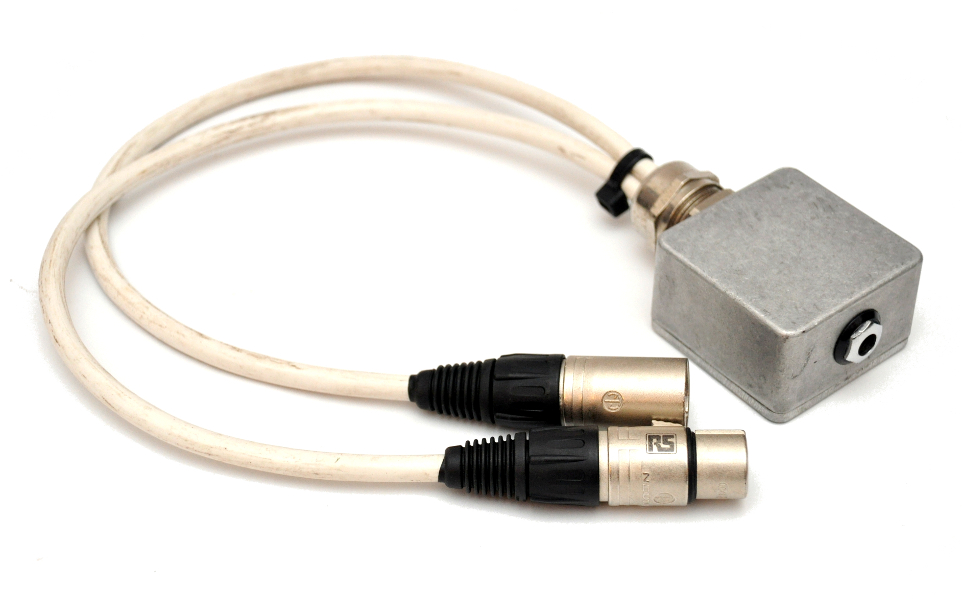 |
| Hand Held, Cable Mounted Remote | Breakout box to work with remote |
Power is supplied from a number of different sources,
depending on the application. Bench power supplies can be used, but I tend to
only do this when experimenting. The main supplies I use are a home-made
dedicated 12V supply made from lighting transformer, in a box with rectifier,
fuses and XLR sockets. I also have a 12V AGM battery housed in a home-made
wooden box, and with a circuit breakered output (using scrap aircraft breakers),
switches and XLR sockets. The 24V supply I use is a small industrial 24V supply,
mounted in a box with a mains connector, fuse and XLR outputs.
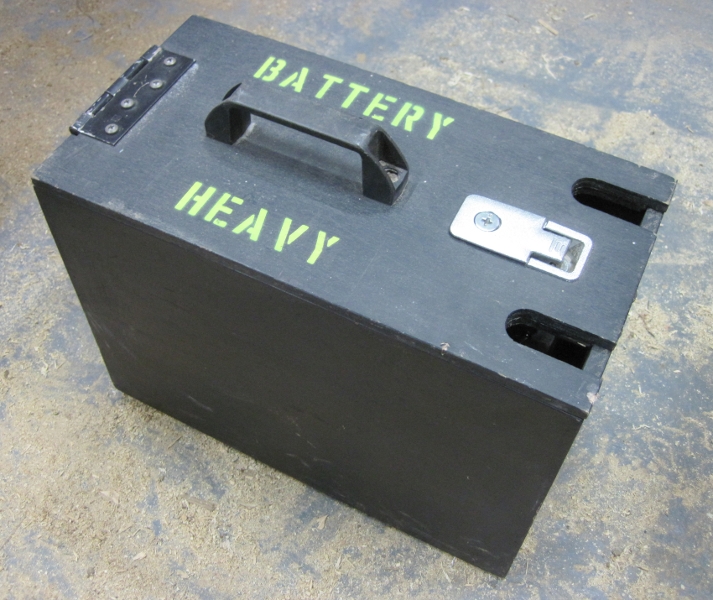
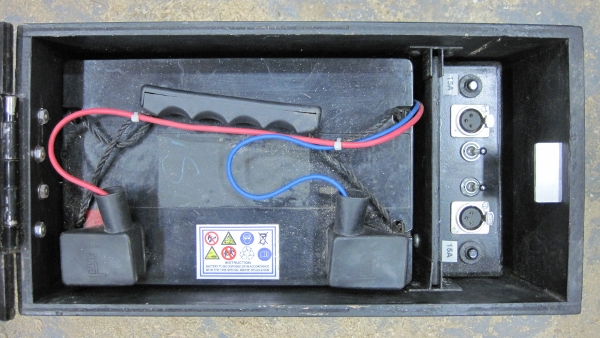
12V Battery Box
Some of the projects I have used these systems to power are
elsewhere on this site, but in addition I have quite a lot of more generic parts
built for general use. These include various lighting items, control switches-
push button & radio controlled part, release solenoids, a bell
etc.
I have also constructed a ‘Firing box’ to control multiple
outputs.
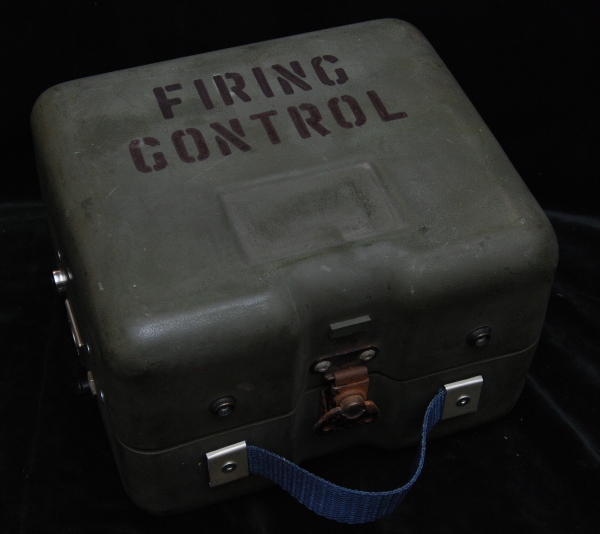
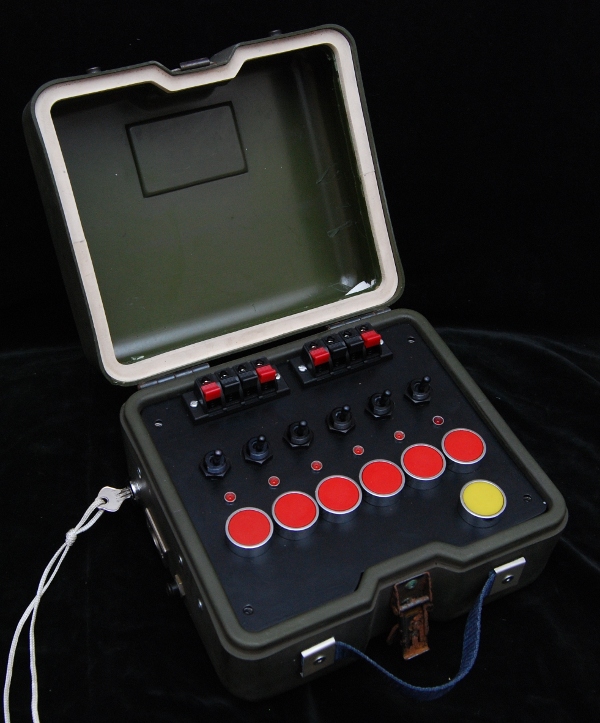
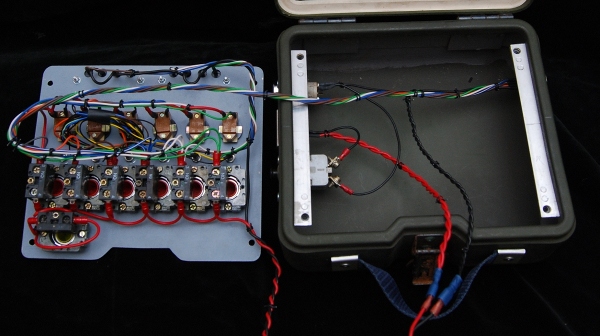
This
control unit was built particularly to control a couple of confetti
cannons I have built. The intention is that the unit can be used to
control any low voltage units. It consist of a box that used to contain
a gunsuight, fitted out with a number of switches salvaged from surplus
or scrap equipment.
An aircraft circuit breaker and XLR socket along with key switch allow the unit to be isolated and protected.
(C) M.Pantrey 2011-23
